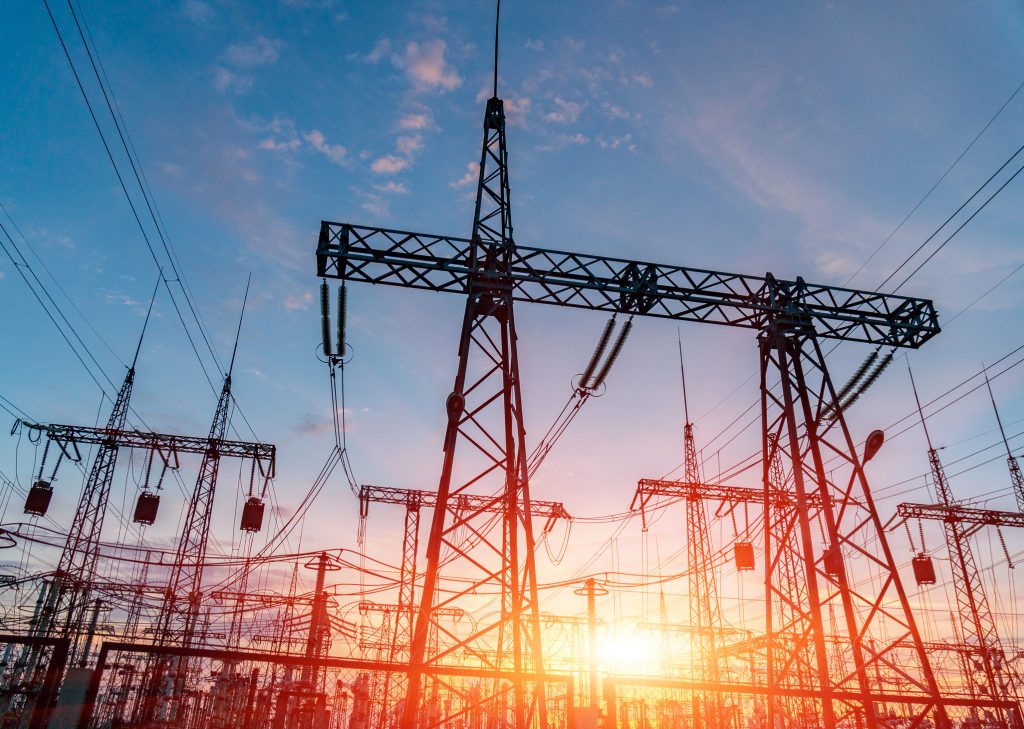
Agency will study whether imports of transformer components threaten national security.
There’s been a lot of attention paid in recent weeks to the need for the United States to shore up its essential manufacturing and critical supply chains.
The coronavirus crisis has laid bare just how dependent the United States is on imports for everything from medicine to face masks and other personal protective gear to ventilators and respirators. That makes sense, given the massive public health crisis at hand.
But the United States is also shockingly dependent on other types of imports that could cause chaos in a different type of crisis – say, an attack on the energy grid – and that has also gotten some notice.
The Commerce Department last week announced a “Section 232” national security investigation into “whether laminations for stacked cores for incorporation into transformers, stacked and wound cores for incorporation into transformers, electrical transformers, and transformer regulators are being imported into the United States in such quantities or under such circumstances as to threaten to impair the national security.”

O.K., let’s break this down. “Laminations and cores” are made of a certain type of steel, called grain-oriented electrical steel (GOES). They are critical components in transformers. Electrical steel is used in transformers for all different types of energy, including solar, nuclear, wind, coal and natural gas.
As such, the United States needs access to GOES in order to ensure a domestic supply of these components. Should there be a major power disruption – anything from a natural disaster to an attack on the electrical grid – having a supply of GOES will be critical to getting things back online as soon as possible.
Think about the current crisis. Now imagine it without electricity.
Stunningly, there is only one maker of GOES left in the United States: Cleveland-Cliffs subsidiary AK Steel, which has a production line in Butler, Pa., and a finishing line in Zanesville, Ohio. More than 1,400 people work at the two facilities.
But imports threaten the viability of both facilities, and thus the entire supply of GOES in the United States. Although the Trump administration placed a 25 percent tariff on steel imports back in 2018 (which also came after a lengthy 232 investigation) the action was written in such a way that it allowed importers to circumvent the tariffs when it specifically came to GOES.
Sens. Sherrod Brown (D-Ohio), Rob Portman (R-Ohio), and Bob Casey (D-Pa.) called on the Commerce Department to act in the matter, while Reps. Mike Kelly (R-Pa.), Marcy Kaptur (D-Ohio) and Troy Balderson (R-Ohio) led a similar bipartisan effort among House members.
"While relief from direct imports of GOES was imposed by your Administration under the Section 232 steel tariff program, the bad actors have found a way to circumvent those tariffs and quotas,” the Members wrote to President Trump. “Because the Section 232 tariffs do not apply to derivative electrical steel articles including laminations and cores (i.e., simply cut and shaped electrical steel) imports of those products are now surging into the United States. Mexico and Canada are being used as a staging ground for this blatant circumvention of the Section 232 program."
The Commerce Department investigation isn’t the only recent Trump administration action regarding the electric grid. Trump recently announced an executive order that bans the use of equipment for the power grid that is made by a company under the control of a foreign adversary.
The COVID-19 pandemic illustrates the dangers of being unable to ramp up the production of critical materials when we need them. We’ve already seen what can happen when the United States doesn’t have enough face masks – we do not want to find out what life would be like if we cannot get the electrical grid back online in a crisis.
